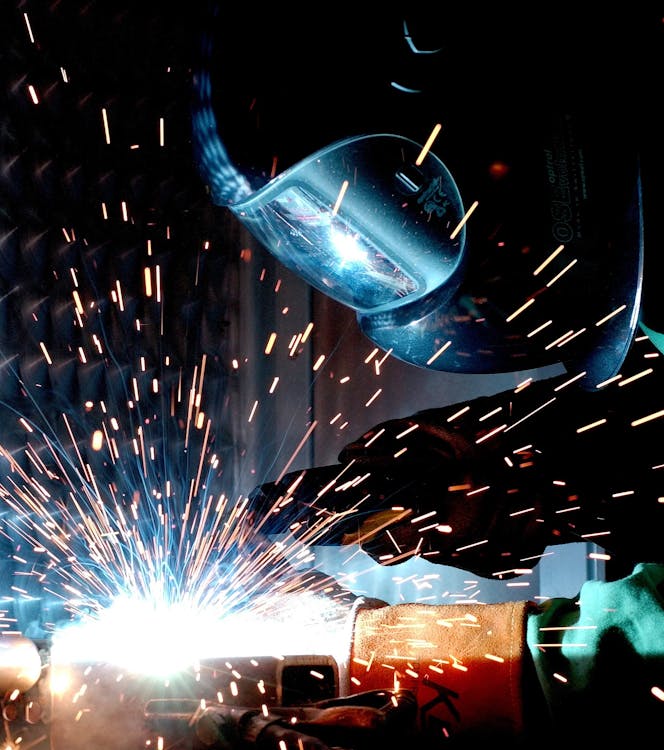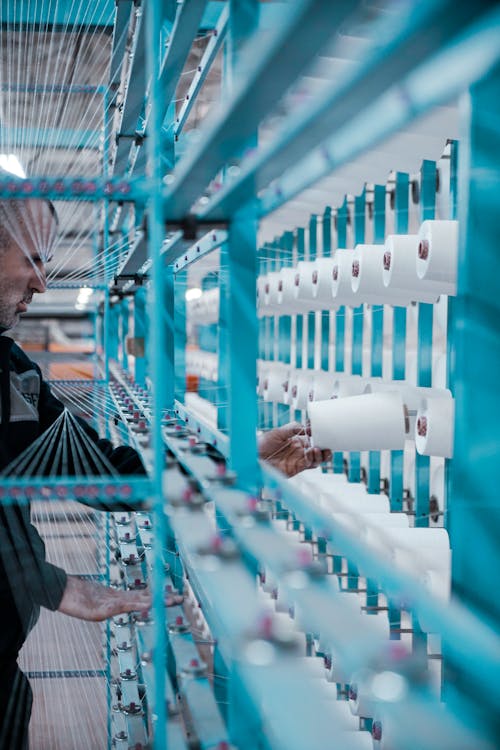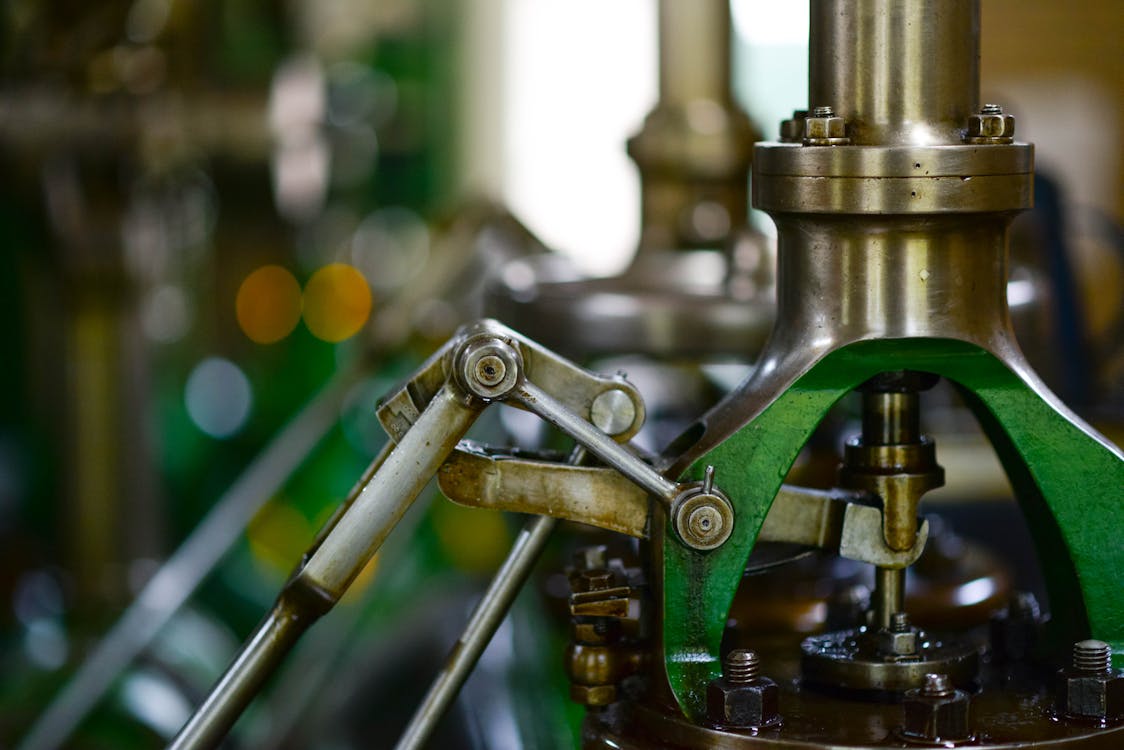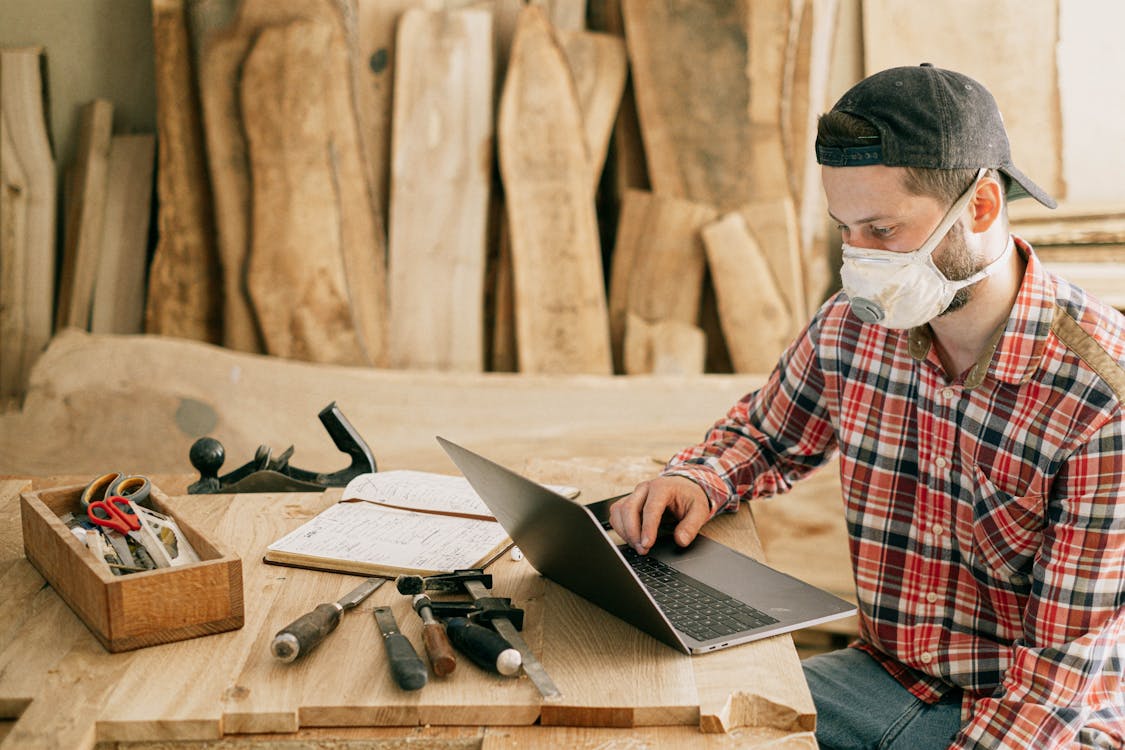What Is Model Context Protocol (MCP)?
Model Context Protocol (MCP) is a framework for structuring product data and its contextual relationships so AI agents—like ChatGPT, Amazon Rufus, or Google Gemini—can interpret...
Published: Feb 12, 2024 Updated: Feb 12, 2024
Digital twins for manufacturers can significantly impact the ability to recreate a Golden Batch and Run in production. It is possible to determine the reason behind some batches’ higher levels of variability, faults, or inefficiency by comparing the products and the manufacturing environment. In the end, you can use these insights to replicate your “golden batch” or greatest performances.
The issue is that different systems and formats are used by manufacturers to generate production data. Regardless of the underlying cause, the main problem is that many businesses are left with inadequate information even in the case of raw data availability. Many firms make an effort to optimize their machinery, materials, or processes. However, even with their greatest efforts, they are unable to identify certain less evident sources of variation.
To overcome data fatigue and use data as a competitive advantage, your manufacturing company can benefit greatly from the use of digital twins. But what precisely are digital twins for manufacturing, and how are they used? Let’s learn about digital twins and their effectiveness for manufacturers, in the following details.

Engineers can monitor systems and simulate the dynamics of those systems by using the structural and operational perspectives of the objects that are made possible by this cloud-connected data. Before making any changes to the actual system, brands can adjust the digital twin to see how the system would alter in the real world.
The adoption of IoT and big data by businesses is driving the uptake of digital twin technology. Here are six ways that brands might enhance manufacturing operations through the usage of the digital twin:
A production line’s sensors can be utilized to examine key performance indicators and build a digital twin of its operation. Modifications to the digital twin may offer fresh approaches to production optimization, lower variances, and facilitate root-cause investigation.
Before spending money on a physical prototype, digital twins can be used as virtual prototypes throughout the design process and modified to test various simulations or designs. Because fewer revisions are needed to get the product into production, this saves money and time.
Digital twins for certain pieces of machinery or production processes can spot variations that point to the need for maintenance or repairs before they become severe issues. They can also aid in the optimization of cycle times, tool calibration, and load levels.

Digital twins are used by supply chains and logistics/distribution companies to monitor and evaluate critical performance metrics like fleet management, route efficiency, and packaging performance. They are particularly helpful for distribution route analysis and immediate or just-in-sequence production optimization.
Frequently, digital twins are employed to gather data gradually that provides insights into the performance, distribution, and end-user experience of products. This data can be utilized to help designers and engineers improve the user response to the product, notably through customization and ease of use.
Digital twins’ operational data is readily available, facilitating cross-disciplinary sharing that promotes cooperation, enhanced communication, and quicker decision-making. Using the same data, engineering, manufacturing, advertising, and marketing departments may collaborate to make better decisions.

Businesses are putting digital twins into practice to achieve several improvements rather than just one problem. The main benefits of digital twins are mentioned below, which should get you thinking about how your company might benefit from the idea.
This advantage requires patience and the gathering of data via digital twins for manufacturers. Once the initial investments are made, engineers and designers can use generational improvements of a product, which are based on real-world operational data from several digital twins, to inform their work on new product or version development.
Through practical applications like predictive maintenance, digital twins can help increase customer happiness. However, because they gather data in real-time on the product, they can also facilitate easier customer service and repair procedures and provide information for future product enhancements.
Encouraging sustainability in all endeavors is a goal that companies are pursuing more and more frequently. Digital twins, when included in a larger plan for digital transformation, can offer the information, transparency, and visualization required to boost performance in several sustainability-related areas.
Organizations can integrate disparate data sets to obtain up-to-date information on the performance of assets and production, which is especially crucial to handling digital twins for manufacturers. They can identify any bottlenecks and assess the possible effects of various solutions on the process as a whole.

The issue of staff attrition and retention affects almost all industries. Productivity is slowed when a talented worker departs because they nearly always take their expertise with them. Organizations can lessen some of these difficulties by using digital twins for remote monitoring and support.
The pursuit of a digital twin of the actual end-to-end supply chain is now feasible thanks to a mix of cutting-edge platforms and technology. Businesses may make real-time adjustments both internally and with their partners by using this kind of digital twin, which gives them visibility into the supply chain and details like lead times.
Because you can create different levels of digital twins, it becomes easier to undergo testing and simulation scenarios to identify potential issues. You can test right down to the component level to identify opportunities for functional improvements.
With the two-way flow of information, the virtual model uses the data collected to run simulations and study the different performance issues to discover solutions. All the while, the digital twin can provide valuable insights which are applied back to the original object.
With real-time adjustments, you can go into production more quickly, with confidence your product is safe and optimized for superior performance.
Faster production also helps you be the first to market with innovative product designs. As a result, going from concept to market becomes far more streamlined, giving you an edge over your competitors.
It also enables you to introduce new product versions more efficiently so your product constantly beats out other brands by maintaining a reputation for being the best both in performance and price.
You can also apply the testing and simulation scenarios to an even bigger picture. For example, you can create virtual models based on an entire factory. Using sensors on each machine, manufacturers can collect performance data for analysis by AI and machine learning software.
Brands can feed this data into the digital twin simulations to find ways to improve production, indicate when to perform maintenance, and limit waste related to products that don’t pass their quality control standards. As a result, the “as maintained” form of digital twins will enable manufacturers in the near future to optimize output.
A virtual duplicate of a system’s behavior in its operational context is called a digital twin. A set of digital models represents that system, which could be a single product, a manufacturing procedure, or even the full supply chain. These models interpret and respond to different stimuli, which are data that depict the outside world.

Digital twins process data from several sources and integrate different kinds of models. As a result, they can provide a more accurate representation of an actual object than conventional simulation techniques. Organizations go through each one of these dimensions, beginning with the most basic, as they learn to create and utilize digital twins. An early digital twin’s scope might consist of a single, crucial component, for instance, but if the company’s digital twin maturity level rises, it might eventually encompass an entire product.
Similar to this, brands might only use early digital twins in one value chain component, typically engineering, while later twins might also mimic the product during use and manufacture. According to survey data, about 75% of businesses in sophisticated industries have already used digital twin technologies which have at least reached medium levels of sophistication. Nonetheless, there are notable differences throughout the sectors.
While companies in the logistics, infrastructure, and energy sectors are more likely to be generating their first digital-twin concepts, those in the automobile, aerospace, and defense industries seem to use digital twins in a more advanced way than other industries.
Companies may be able to implement procedures that operate more quickly, produce better outcomes, and put them closer to their clients if they include digital twin technology within the early phases of product development. Consider the intricate and highly customized product design of machinery used in sophisticated production.

Digital twins are a great way to maximize business production, and customer satisfaction, increase creativity, and enhance performance. With ever-evolving technologies in every industrial sector, digital twins are not a want anymore but a need. To improve your manufacturing with the help of Digital Twin, consider utilizing management tools and software by contacting us at Pimberly.


